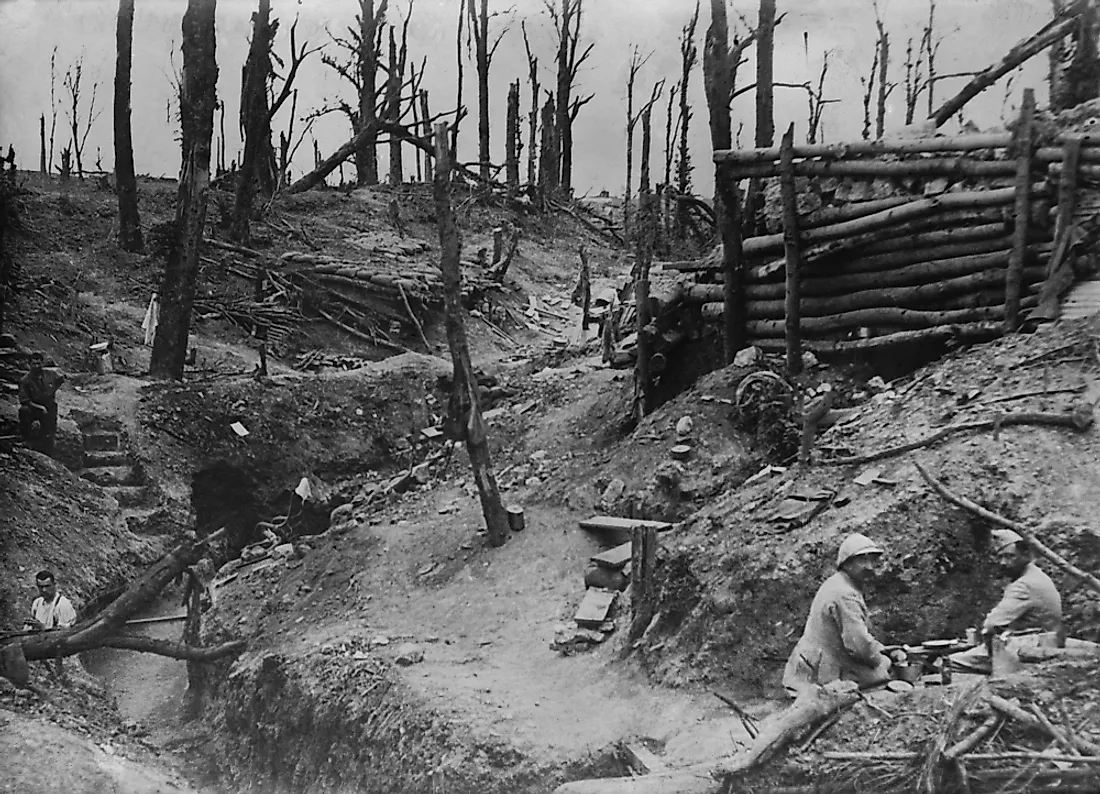What Was the Battle of the Somme?

The Battle of the Somme is documented as one of the bloodiest battles that occurred during the First World War. It was a deliberate dual operation between the French and British to achieve a conclusive victory over the Germans on the Western Front after months of trench deadlock. The Somme Offensive, which was the largest battle of the First World War, commenced on July 1, 1916, and was fought through to November 18, 1916. At the culmination of the battle, the British Army grieved 420,000 casualties, the French lost 200,000 men, and the Germans had 500,000 casualties.
Lead Up to the Battle of Somme
For a couple of months, the French had been suffering devastating losses at the Verdun battlefield, east of Paris. Seeing their dissatisfaction and frustration, the British decided to move in and aid the French. In 1915, allied commanders from the British and French armies met to discuss the strategies for the following year’s offensive astride at Verdun. At the end of the meeting, Douglas Haig and Henry Rawlinson commenced campaigns through the Kitchener’s Volunteer Army with posters of Lord Kitchener himself persuading the people to volunteer in the battle as a sign of patriotism.
The Battle
The battle commenced with a weeklong weaponry attack of the German lines in the North with the aim of cutting all their wires, destroying the trenches, and knocking out the enemy guns thus providing a useful barrage for the infantry attack. Upon realizing the infantry attack, the German soldiers shifted to deeper hideouts manning their machine guns ready to face the British and French Armies. Since the British used minimal attacks on the first day, 57,000 men fell, of which 19,420 died. Haig, who believed in attrition, pursued the battle further by sending in the cavalry on the Western Front. Due to the heavy rains, the horses were bogged in the mud and only a few soldiers survived after the Germans opened a fire.
By mid-September, pressure had built up among the Germans after the introduction of the tanks by Haig. Due to technical issues and mishandling of the tanks by the inexperienced soldiers, a few tanks managed to penetrate to the German lines, further weakening the resistance to the point of surrender. On November 18, 1916, Haig called off the battle declaring his official departure from the front.
The Aftermath
The head of the French Army General Foch, together with top British commanders like General Henry Rawlinson believed that the Somme attack would accomplish little to solve the French disappointments. Although the allied forces won the battle, they were only able to advance some thirty miles along the strip and this had no political or social consequences in Britain. The Germans were pushed back and the allies gaining only five miles. By November 1916 what resulted was a lost generation with the British army losing 420,000, Germany 500,000 and the French 200,000 young men in the battlefield.
The Battle of Somme remains to be the most controversial battle of the First World War with many condemning Haig’s offensives. David George, Britain’s Prime Minister after the First World War claimed that Britain would have been eliminated as a powerful foe, just like Russia had the Germans not provoked the enmity with the Americans at the time of the Somme Offensive.











